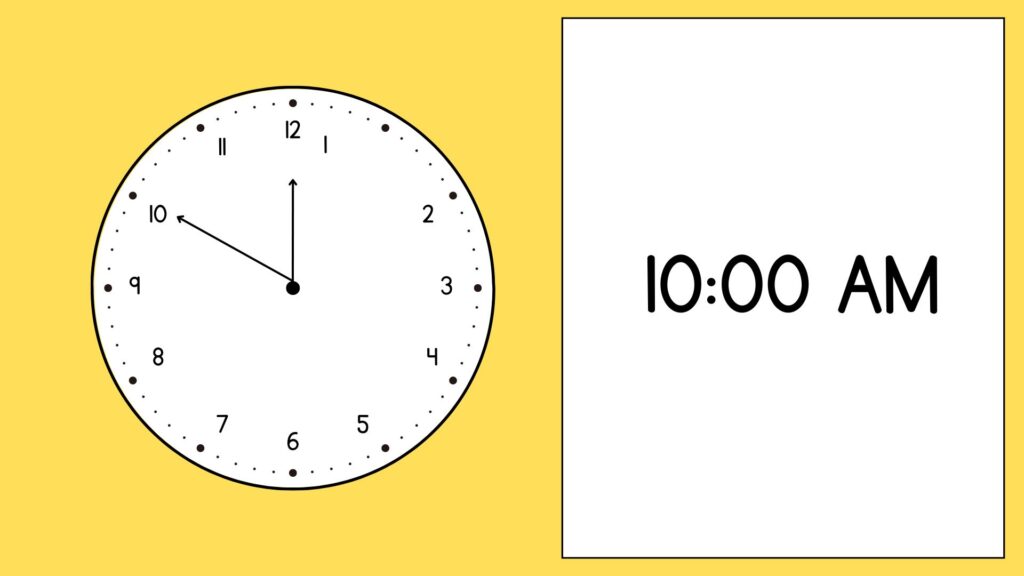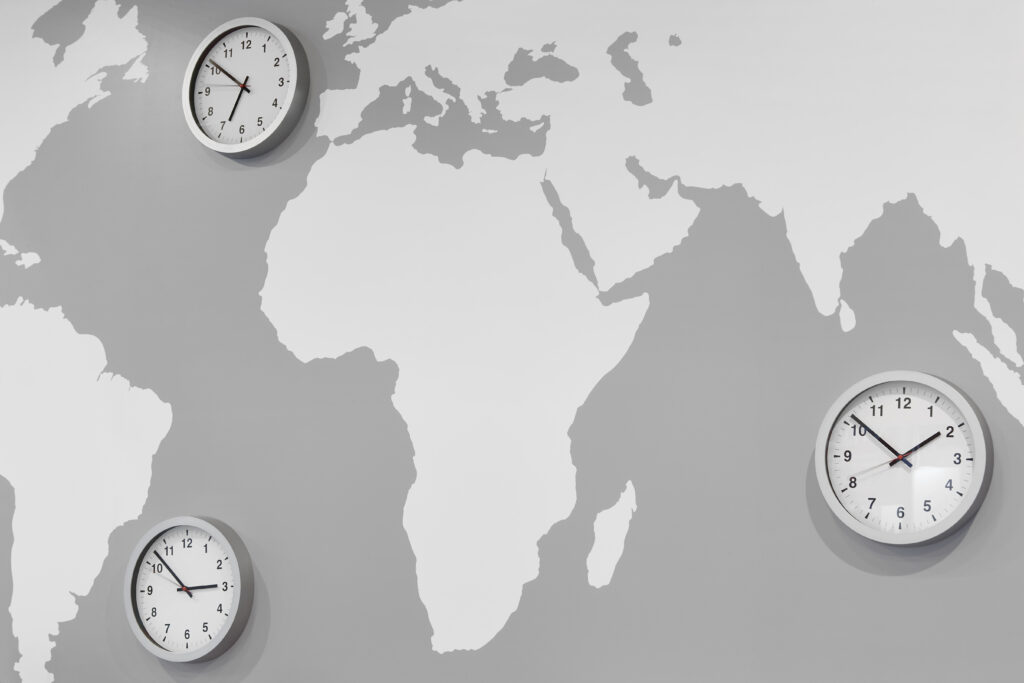After hours of segmenting the audience and crafting enticing messages, your cold email campaign isn’t getting enough responses. Have you ever wondered why it happens and why your emails don’t get opened?
It often boils down to the right timing to send and finally execute the cold email campaign. But there is no exact ideal timing. Across industries, sending cold emails on weekdays like Tuesdays, Wednesdays, and Thursdays is a good practice. As for timings, the best time is in the early hours on working days between 8 AM – 12 PM.
We’ll explore all aspects of promptly sending the cold email. Let us begin our discussion!
Why is it essential to send cold emails at the right time?
It essential to send cold emails at the right time because your efforts and time in getting everything right in your cold email campaign may not fetch you the desired outcome. The timing of scheduling the cold email campaigns impacts the response rates. Below here, we explore some of the dimensions that have a say on the proper timing of sending emails:
Timing To Check Inbox
There is a specific time frame every day when people sneak into their inbox to see if there is anything important. It’s crucial for a cold email marketer to figure out the time frame when the recipients are actively engaged in their inbox. Scheduling your cold email campaign with enticing subject lines in specific time frames where most recipients have a common ground of checking their inbox.
Timing To Make A Response
Recipients can skim down the emails even after noticing them. But there are certain business hours when they prefer to initiate a reply to the emails. You need to figure out the right audience persona in this regard and schedule emails at different intervals.
Not every targeted audience of yours may have similar online behavior regarding replying to cold emails. That is why segmenting the email response behavior of the recipients to schedule the cold email campaign is crucial.
Getting Everything Wrong Altogether
When you get everything wrong, your cold email will lose track of the recipient. By everything, we meant the wrong time to send emails to poor usage of words in subject lines. In such scenarios, the cold emails fail to stand out among all other emails and get shuffled in between.
Further Reading- A-Z Cold Email Strategy for More Appointments
What Is The Best Time To Send Cold Email To Get A Response?
The best time to send cold email to get a response significantly impacts the open rates of cold emails. It’s about specific days in a week and particular time frames. We’ll be discussing these in detail in the sections below:
Best Days To Send Cold Emails
The best days to send cold emails is Weekdays which are better for scheduling the cold email campaigns. Tuesdays, Wednesdays, and Thursdays of the week are perfect for landing in the recipient’s inbox.

Research has shown that across industries, both Wednesdays and Thursdays are perfect for scheduling email, with Tuesday being the third-best day. The cold email open volume is highest on Wednesday and Thursday, respectively. In both of these days, the open volume is 36%.
On the other hand, if you incorporate Tuesday, the rate goes up to 54%. However, it is a holistic measure of the current scenario. The open volume during these three days may vary depending on your audience segmentation, time zone, and industry.
Best Time To Send Cold Emails
The best days to send cold emails is depending on your recipient’s time zone, the best time to send a cold email is between 9:00-11:00 AM. The sweet spot between these is 10:00 AM, with higher open and click rates.

Timing with the highest open rates of cold emails
However, it isn’t the absolute timing that you should follow. The timing is favorable from 8:00 AM to 3:00 PM. The engagement depends on the approach of the recipients when checking the emails. Usually, people look into the other emails in their inboxes after addressing important work-related emails. It suggests the initial time frame of daily working hours, around 10:00 AM.
On the other hand, some recipients across time zones prefer to address emails after lunch hours. In such scenarios, the best time to send cold emails is between 2:30-3:00 PM. In most cases, you should focus on optimal time, as sending emails too early or late doesn’t get any response.
Further Reading- Unlock the Secrets: How Many Cold Emails It Really Takes to Land a Client
Days And Times To Avoid Sending Cold Emails
Weekends and days coinciding with weekends could be better for sending cold emails. Saturdays and Sundays are weekends in most time zones, so these days have the lowest open and response rates as people are away from work.
Then again, people are reluctant to open emails on adjacent days to weekends. People aren’t interested in cold emails on Mondays and Fridays because they are already stacked up with several things. Specifically, Mondays are for focusing on the backlogs of the previous week, and Fridays are for preparing for the next week.
When it’s about time, avoid sending emails too early or very late in the day. People don’t prefer to check emails during the evening, and sending cold emails very early in the morning is useless. Therefore, even if you send emails on weekdays, don’t send emails at odd times.
Should You Consider Time Zone While Sending Cold Emails?

Executing cold email campaigns for recipients in different time zones requires special attention. The biggest question is whether you should schedule all the emails simultaneously for recipients in different time zones.
You should focus on a timezone-optimized strategy that will enable you to streamline messaging for every audience. It is a feature that segments the recipients by their respective time zones and lets you schedule the email at your preferred time. It is more of a personalized approach toward the audience that enables you to send the email at a time when they are most likely to open the email.
Final Thoughts
Optimize the scheduling for email campaigns in such a way that generates the highest number of opens and clicks. The cold emails should land in the prospects’ inboxes only when they are in a suitable mental space to open those emails.
Moreover, avoid weekends and all other odd times that would make your cold emails shuffle down. The true success of the campaign would only be possible when the reader sparks a conversation and allows you to follow up.


